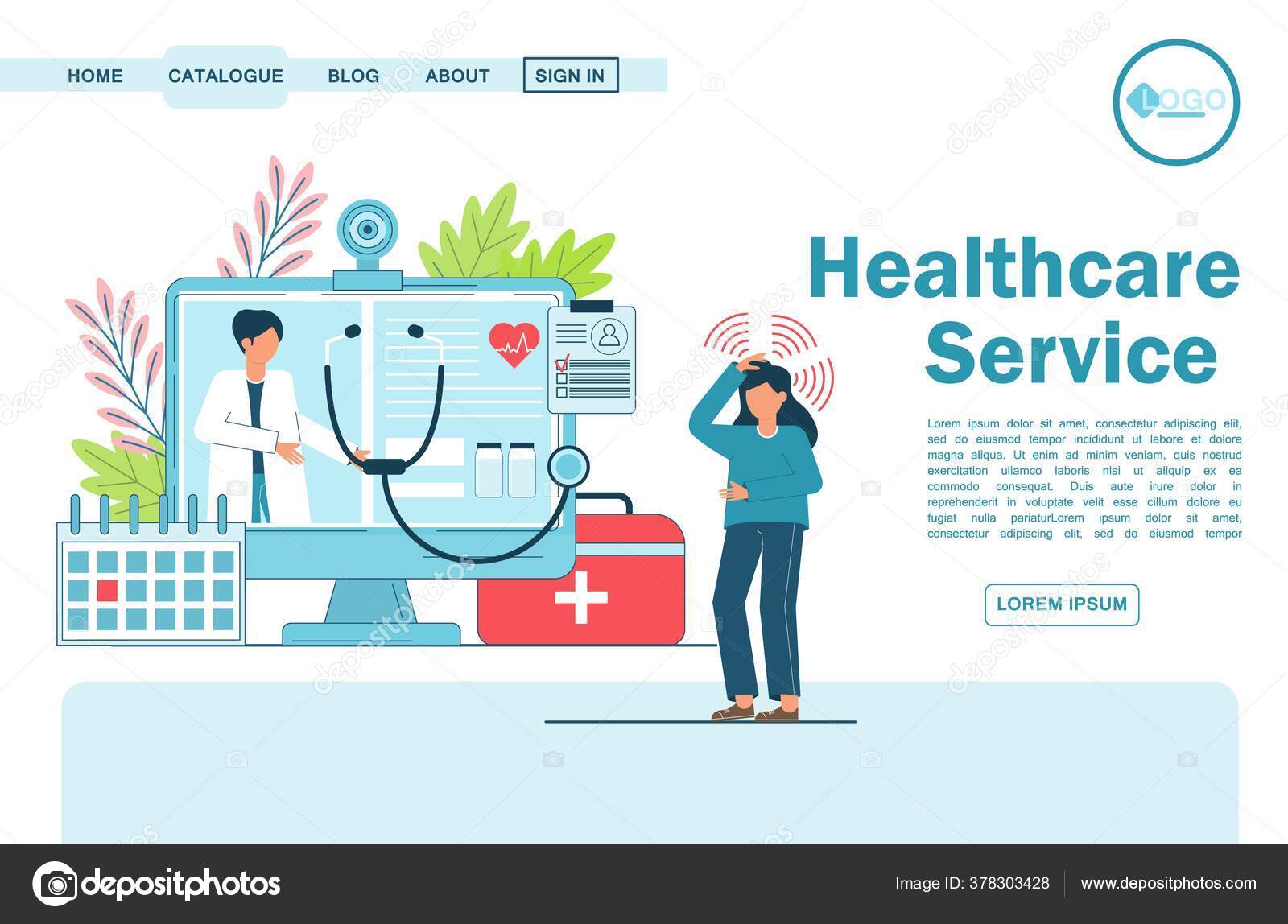How Subscription Based Healthcare is Changing Patient Accessibility to Services
How Subscription Based Healthcare is Changing Patient Accessibility to Services
Blog Article
The Rise of Subscription-Based Healthcare and Its Effect on Patient Care
As health care evolves, the subscription-based model is getting grip, promising to reinvent patient treatment by using predictability and ease of access. These models, which bypass typical insurance coverage, might redefine the patient-doctor dynamic, stressing preventative and tailored care. Yet, similar to any kind of development, they present challenges, especially concerning equitable gain access to for all socioeconomic groups. The potential for these models to improve medical care distribution elevates pushing concerns regarding their long-lasting sustainability and inclusivity. Are these subscription services the future of medical care, or do they risk leaving vulnerable populaces behind? The intricacies of this shift warrant a more detailed exam.
Recognizing Registration Health Care Models
Grasping the principle of membership healthcare designs involves examining a transformative strategy to medical solutions that emphasizes price and availability. These models, often described as direct medical care (DPC) or attendant medicine, have actually become innovative alternatives to typical fee-for-service health care systems. Subscription healthcare enables clients to pay a set monthly or annual cost for a defined set of medical services, which might include unrestricted workplace sees, routine check-ups, and standard laboratory examinations, without the need for conventional insurance billing.
The framework of membership healthcare versions is designed to improve person care by eliminating third-party payers and complicated payment codes, therefore decreasing administrative problems. Medical care companies can concentrate extra on patient care, fostering stronger patient-provider partnerships. This version additionally advertises preventative treatment by urging normal visits, as the financial obstacle of per-visit charges is removed.
The subscription design typically equips health care carriers to manage smaller client panels, enabling more individualized care. It aligns financial incentives with person health end results, as providers are encouraged to keep person satisfaction and well-being. On the whole, understanding subscription medical care designs needs recognizing their possible to improve how care is supplied and accessed.
Benefits for Companies and patients

With a consistent profits stream, health care professionals can commit more time to each patient, leading to an extra individualized and thorough treatment experience. The focus on preventative treatment within membership plans can lead to much better patient outcomes and decreased long-term healthcare prices.
Challenges and Worries
While subscription-based healthcare designs existing various advantages, they also include a collection of challenges and worries that have to be resolved. Availability continues to be a significant issue, as these designs usually target individuals who can afford regular monthly charges, possibly leaving out low-income populaces. This elevates moral questions about equitable access to healthcare services. Additionally, the varied nature of membership plans can cause complication amongst patients concerning coverage specifics, potentially resulting in unmet assumptions or poor treatment.
Financial sustainability of subscription-based designs is one more concern. Suppliers have to stabilize the fixed income from subscriptions with the variable costs of medical care solutions, which may fluctuate because of unanticipated medical needs. This can develop pressure to limit solutions or increase costs, possibly impacting person satisfaction and care top quality.
In addition, regulatory oversight of subscription-based health care versions is still advancing. Dealing with these challenges is vital for the effective and equitable execution of subscription-based healthcare.
Influence On Patient-Doctor Relationships
One considerable influence of subscription-based medical care models on patient-doctor relationships is the potential for enhanced continuity and individualized care. By adopting a membership version, medical professionals can take care of a smaller sized person panel, allowing for even more committed time with click here for more info each person. This raised schedule cultivates a much deeper understanding of a person's clinical history, way of life, and preferences, enabling more tailored therapy strategies and treatments.

Nonetheless, it is very important to recognize that while subscription-based versions may benefit those who can afford them, they could inadvertently broaden medical care differences. Clients that are unable to take part in these models could experience lower access to personalized treatment, potentially influencing their relationships with medical care providers. Therefore, while the membership design offers appealing advantages for patient-doctor partnerships, it additionally presents difficulties that require to be addressed to ensure fair healthcare gain access to.
Future of Healthcare Gain Access To

The function of modern technology can not be neglected in this makeover. Telemedicine systems and digital health and wellness documents facilitate smooth communication in between individuals and doctor, breaking down logistical and geographical barriers. Furthermore, advancements in man-made knowledge and information analytics can better customize clinical treatment by anticipating person Website needs and enhancing therapy strategies.
Nonetheless, the future of healthcare gain access to also provides challenges, such as making certain equity across different socio-economic teams. Policymakers and doctor have to work together to connect the electronic Get More Info divide, ensuring that subscription-based versions remain inclusive and affordable. As these systems grow, they hold the assurance of making medical care extra available, efficient, and patient-centric.
Conclusion
Subscription-based healthcare designs are reshaping patient treatment by supplying a steady expense framework and boosting ease of access. The increase of subscription-based medical care motivates positive patient interaction, which has the possible to boost individual results and contentment, signaling a transformative shift in medical care delivery.
As health care progresses, the subscription-based model is gaining grip, guaranteeing to transform client treatment by offering predictability and availability.Subscription-based health care versions offer unique advantages for both carriers and people, improving the overall healthcare experience.As healthcare systems evolve, the future of health care accessibility frequently hinges on the integration of innovative models and technologies.Subscription-based medical care versions are improving person treatment by giving a secure price framework and improving availability. The surge of subscription-based health care urges aggressive client involvement, which has the potential to enhance person outcomes and satisfaction, indicating a transformative shift in healthcare shipment.
Report this page